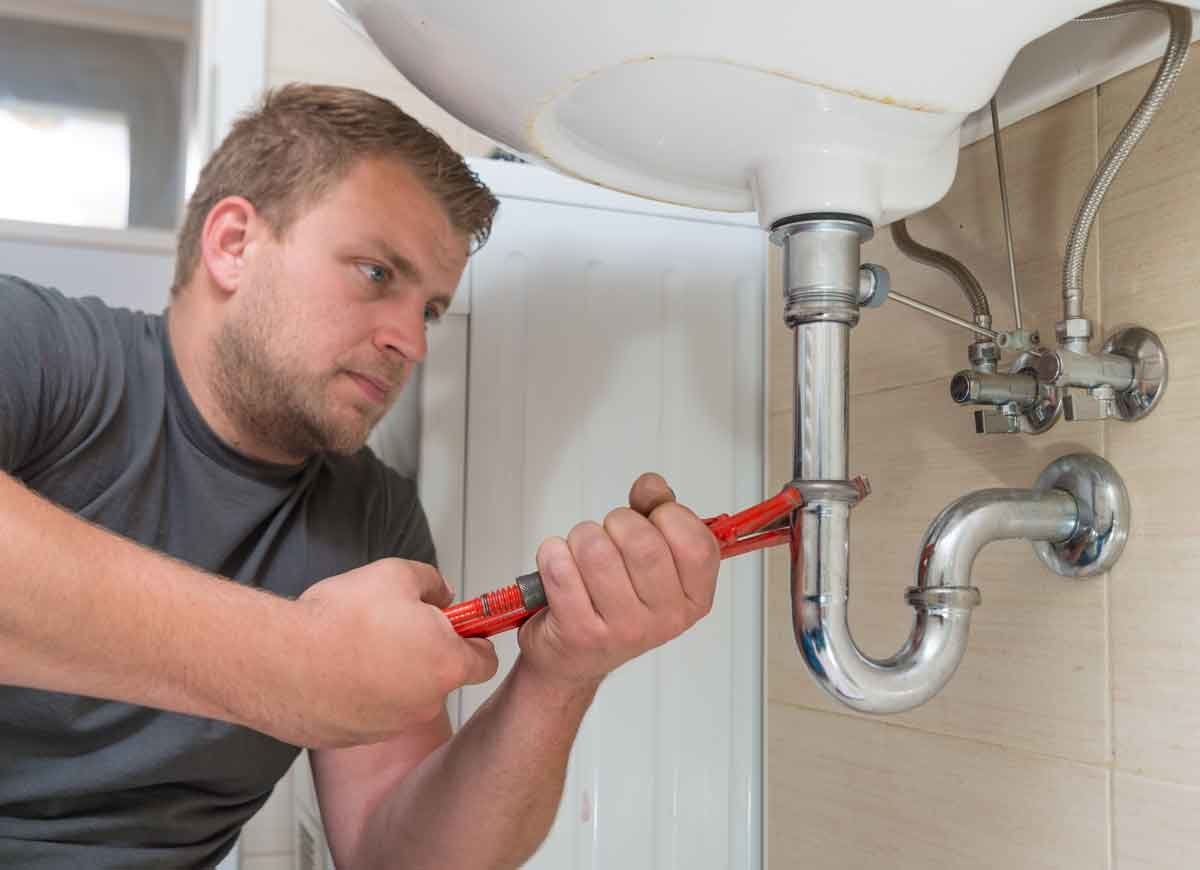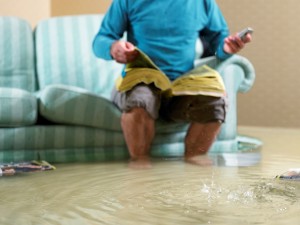When to Tackle Piping Problems Solo vs. When to Call a Skilled Plumber
When to Tackle Piping Problems Solo vs. When to Call a Skilled Plumber
Blog Article
The content in the next paragraphs in relation to When to DIY and When to Call a Professional Plumber is highly engaging. Try it and draw your own assumptions.

Intro
Pipes concerns can vary from small aggravations to significant headaches, typically motivating homeowners to determine between dealing with the trouble themselves or calling in a professional plumbing. Recognizing when to do it yourself and when to seek professional aid can save time, money, and stop potential catastrophes. This post discovers the variables to consider when making this important choice.
Advantages of Do It Yourself Pipes
Taking on pipes tasks yourself can be gratifying in numerous methods, especially for less complex jobs.
Expense Financial savings
Do it yourself plumbing jobs commonly conserve cash by avoiding professional service charge. Jobs like fixing minor leakages, changing faucets, or mounting brand-new showerheads are instances where home owners can manage repairs without hiring a plumbing.
Ability Improvement
Engaging in do it yourself pipes supplies an opportunity to discover and boost useful abilities. Basic tasks equip property owners to comprehend their pipes systems better and acquire confidence in handling little repair services individually.
Risks of Do It Yourself Plumbing
While DIY jobs provide benefits, particular risks need to be carefully taken into consideration before attempting fixings.
Intricacy of Tasks
Some pipes problems call for specialized expertise and tools past regular house owner abilities. Messing up intricate issues can bring about further damage and expensive fixings.
Safety Concerns
Dealing with pipes systems entails threats such as exposure to water damage, potential for electrical risks, and taking care of devices inaccurately. Safety and security precautions must be observed to prevent crashes and ensure reliable fixings.
Indicators to Call a Specialist Plumbing Professional
Identifying when a pipes issue exceeds do it yourself abilities is important to preventing intensifying problems.
Indicators of Complex Concerns
Examples consist of:
Motivate expert treatment is required to resolve these problems properly and minimize damage.
Do It Yourself Plumbing Tips
For successful do it yourself pipes, it's vital to be prepared with the right devices and adhere to appropriate procedures.
Fundamental Devices and Materials
Key tools for DIY pipes:
Step-by-Step Guides
Clear instructions ensure safe and effective do it yourself fixings:
Choosing the Correct Time to DIY
Establishing when to deal with pipes tasks on your own requires assessing both the intricacy of the concern and personal convenience degrees.
Evaluation List
Consider:
When to Absolutely Call a Professional
Certain situations demand immediate professional attention to prevent substantial damage or security risks.
Instances include:
Searching for and Working With a Professional Plumber
Selecting a certified plumber ensures reliable service and peace of mind in settling plumbing concerns.
Requirements for Option
Factors to consider:
Price Evaluation: DIY vs. Specialist Solutions
Comparing the monetary implications of do it yourself efforts versus expert plumbing services helps in making informed decisions.
Financial Considerations
Assess:
Verdict
Making a decision whether to do it yourself or call a professional plumbing hinges on recognizing the complexity of pipes issues and individual abilities. By weighing the advantages and risks, homeowners can make enlightened choices that advertise effective upkeep and secure their homes from pipes catastrophes.
DIY Plumbing Projects: What Homeowners Can Do and When to Call a Professional
Welcome to our comprehensive guide on DIY plumbing projects. In this blog post, we aim to empower homeowners with the knowledge and skills to tackle basic plumbing tasks around the house. From unclogging drains to fixing a leaky faucet, we’ll walk you through step-by-step instructions on how to handle these common issues.
However, not all plumbing problems can or should be solved with a DIY approach. Recognizing when a problem is beyond your skill level and requires professional intervention is just as important as knowing how to perform basic tasks. We’ll also discuss the signs that indicate it’s time to put down your tools and pick up the phone to call a professional plumber. By understanding when to DIY and when to call a professional, you can save time, avoid potential disasters, and ensure your home’s plumbing system remains in top shape.
Understanding Plumbing Basics
Before we dive into the DIY projects, let’s take a moment to understand the basics of your home’s plumbing system. A typical residential plumbing system consists of two major components: the water supply system, which brings fresh water into your home, and the drainage system, which removes waste water. These systems are made up of a network of pipes, valves, and fixtures that work together to deliver clean water and dispose of waste efficiently.
Regular maintenance of your plumbing system is crucial to prevent minor issues from escalating into major problems. This includes tasks like checking for leaks, removing minor clogs, and ensuring your pipes are insulated for winter. By performing these tasks regularly, you can extend the lifespan of your plumbing system, save money on water bills, and maintain the comfort and hygiene of your home.
In the following sections, we’ll explore some common DIY plumbing projects that homeowners can handle, as well as situations that require the expertise of a professional plumber. Whether you’re a seasoned DIY enthusiast or a beginner, this guide will provide you with valuable insights into the world of home plumbing.
DIY Plumbing Projects Homeowners Can Handle
Plumbing may seem intimidating, but there are several tasks that homeowners can confidently tackle with a little guidance and the right tools. Here are a few common issues you might encounter and how to address them.
Unclogging Drains
Use a Plunger: This is your first line of defense. A good old-fashioned plunger can dislodge the obstruction and clear the drain in many cases. Try a Plumber’s Snake or Hand Auger: If the plunger doesn’t work, a plumber’s snake or hand auger can reach deeper into the pipe to break up the clog. Use a Drain Cleaner: If physical methods fail, a chemical drain cleaner can dissolve the clog. However, use these products sparingly as they can damage your pipes if overused.

I was shown that report about from an acquaintance on our other site. Do you know another individual who is truly interested in the niche? Do not hesitate to share it. Thanks a lot for your time spent reading it.
Schedule Appointment Report this page